Empowering Resilience: How Shenzhen's New Measures Propel Cross-Border E-Commerce Amid US Tariffs
As the United States tightens its tariff regime on small parcels, Shenzhen—China's pioneering cross-border e-commerce hub—is rolling out an ambitious suite of policy, logistics, and financial measures to safeguard global trade momentum. For international investors, logistics providers, insurers, and corporate counsel, Shenzhen's playbook offers valuable lessons in agility, compliance, and ecosystem building.
Building a “Sunshine-Compliance” Ecosystem
Facing daily averages of over two million cross-border parcels in Q1—an intensity that accelerated further in March—Shenzhen has coined a “关、汇、税” (customs, FX, tax) framework to ensure end-to-end transparency and regulatory adherence. By streamlining customs clearance, stabilizing foreign-exchange repatriation, and offering tax incentives, the city creates a virtuous loop of compliance → channel expansion → brand upgrade.
Customs Facilitation & Financial Backing: The Shenzhen Commerce Bureau's special support plan subsidizes overseas-warehouse leases and last-mile delivery, while “cross-border e-commerce insurance” products now cover domestic payables, unclog working-capital bottlenecks, and de-risk onshore procurement.
Independent Marketing Incentives: Grants for standalone websites encourage vendors to reduce platform dependency—an important hedge as US tariffs erode cost advantages on mainstream marketplaces.

Upgrading Logistics: The China–Europe E-Com Express
On April 27, Shenzhen inaugurated the Greater Bay Area's first China–Europe E-Com Express, linking the Pinghunan logistics hub to Central Asia and beyond. “Our express train cuts transit times by nearly 30% compared to sea freight, delivering a premium experience to overseas buyers,” explains Sun Lu, General Manager of Shenzhen DaMai Multimodal Transport Co. Ltd. This dedicated rail corridor bolsters capacity for high-value or time-sensitive goods, a boon for brands seeking to maintain delivery reliability under tariff pressure.
Trade Fairs as Global Marketplaces
Simultaneously, Shenzhen hosted its 2025 Consumer Goods Cross-Border E-Commerce Expo under the theme “Linking Global Resources, Driving Cross-Border Futures.” More than 600 suppliers and 1,300 factories converged with 50,000+ industry professionals, forging direct B2B connections that shorten supply chains and amplify brand visibility.
“Trade shows unlock partnership opportunities that no algorithm can replicate,” notes Hu Qimu, Deputy Secretary-General of the Digital-Real Economies Integration Forum 50. “They're catalysts for deal-making, especially when digital channels face policy headwinds.”
Case in Point: Sailvan Times'Strategic Pivot
Sailvan Times—one of Shenzhen's top ten cross-border merchants—surged past CNY 10 billion in 2024 revenue and delivered CNY 2.458 billion in Q1 2025, a 36.65% year-on-year jump. Confronted with higher US duties, the company diversified its supply-chain nodes, optimized its warehousing footprint, and forged partnerships with local logistics providers to trim lead times. This multi-pronged strategy underscores the importance of operational flexibility when global trade rules shift overnight.
Why This Matters for Global Stakeholders
Banks & Insurers: The emergence of “cross-border e-commerce insurance” highlights new risk-transfer products. Insurers can explore bespoke coverage for on-shore procurement and FX exposure.
Logistics & 3PLs: Dedicated rail links and expanded overseas warehousing (currently 4 million m² in Shenzhen) signal demand for scalable, multimodal solutions. Strategic investments in hub-and-spoke models will pay dividends.
Legal & Compliance Teams: Shenzhen's “sunshine-compliance” mandate offers a template for structuring cross-border operations under evolving customs and tax regulations.
Corporate Strategy: Diversified channel strategies—independent sites, omnichannel marketplaces, and trade-show engagement—can mitigate single-point-of-failure risks when tariffs bite.
Looking Ahead
Shenzhen's multi-dimensional approach—blending policy innovation, infrastructure investment, and private-sector collaboration—illustrates how an open economy can adapt to protectionist currents. International enterprises that align with these forward-looking initiatives will find not only a resilient partner in Shenzhen but also a blueprint for navigating the next phase of global e-commerce evolution.









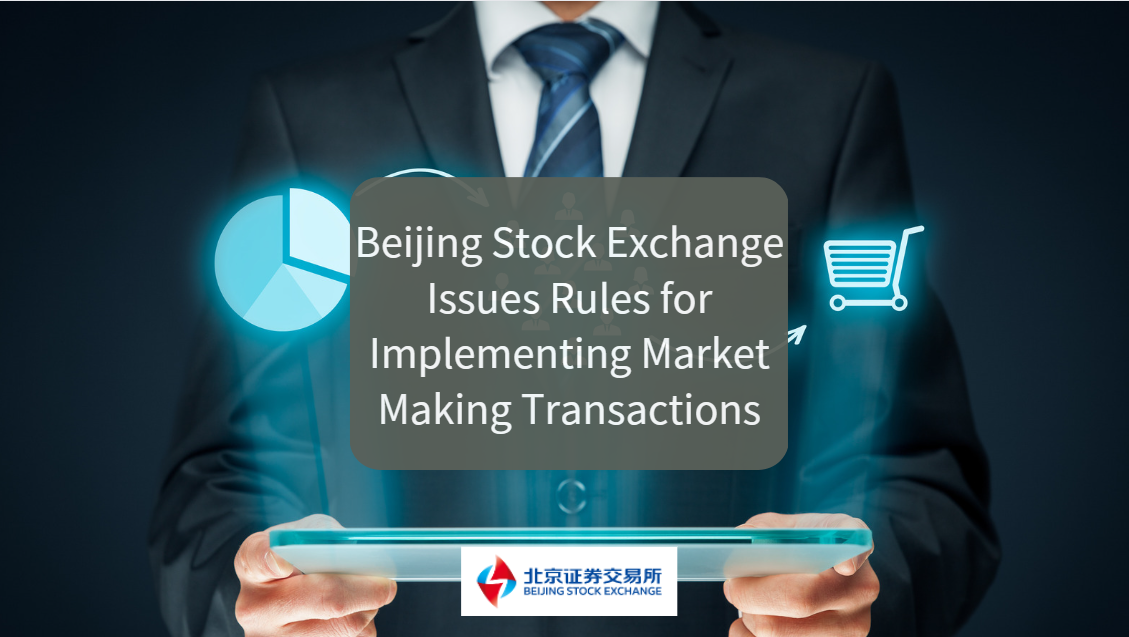

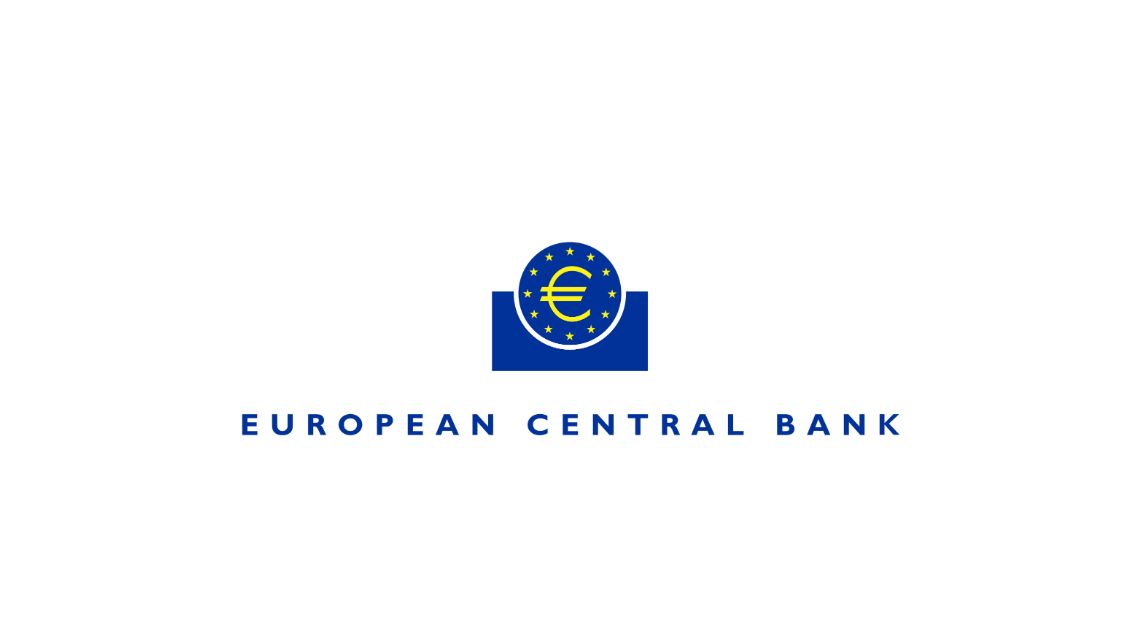


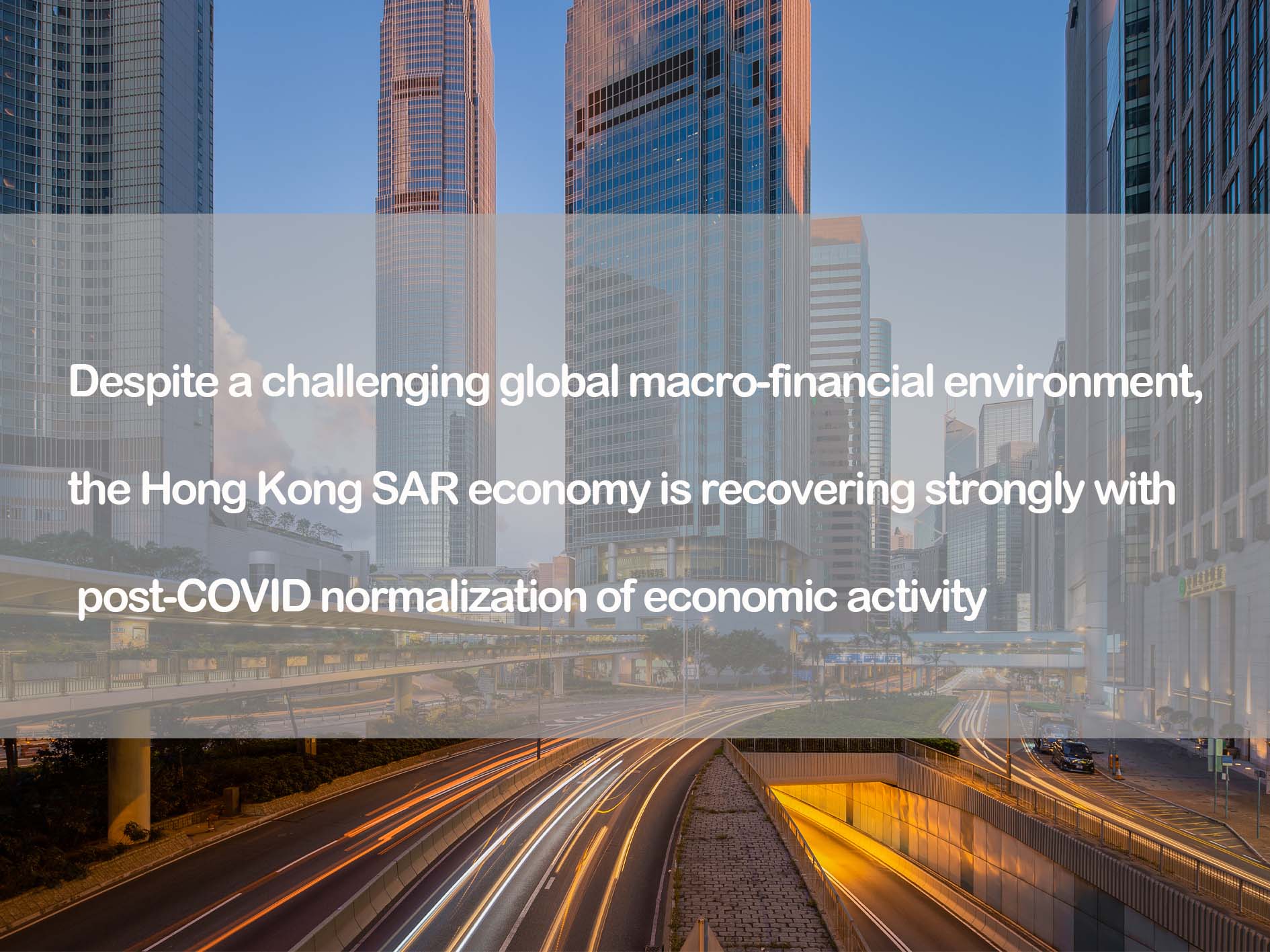
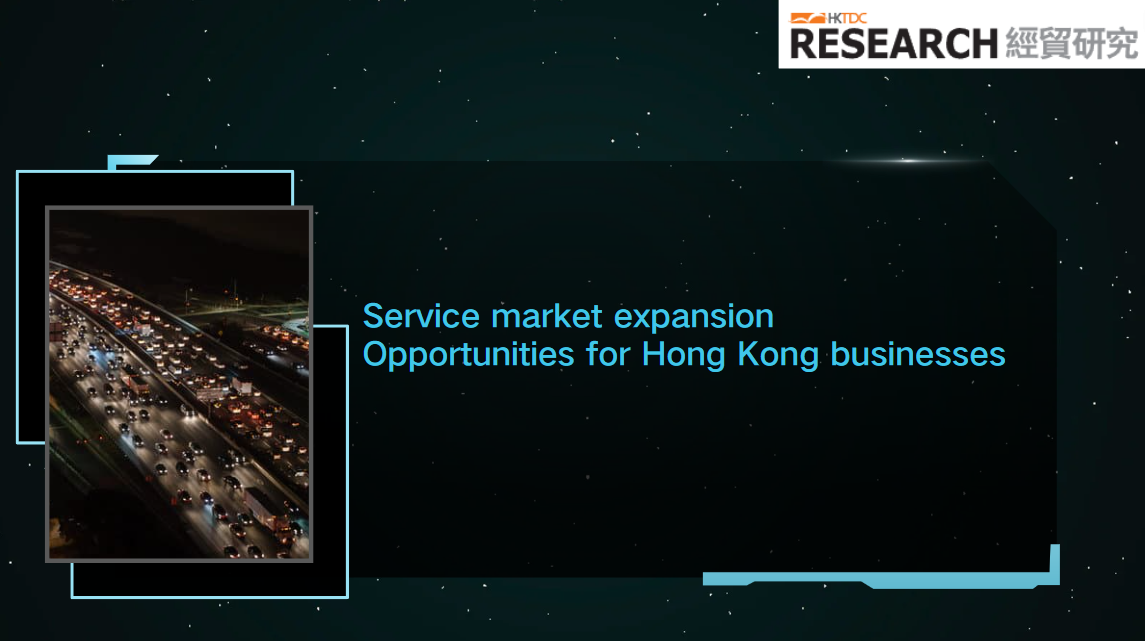


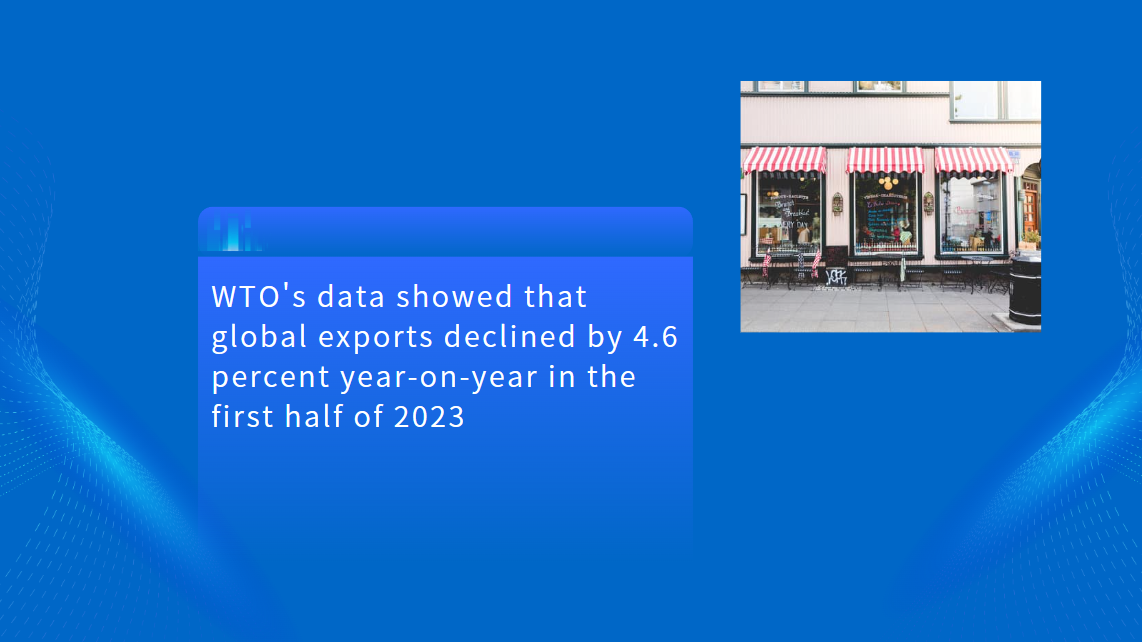
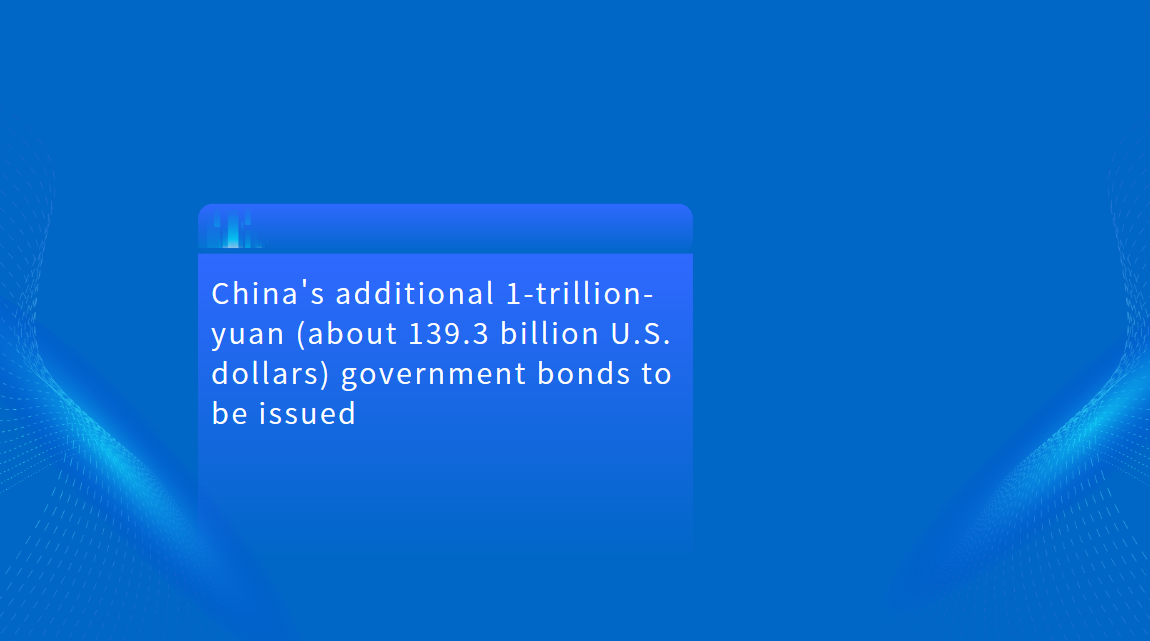



















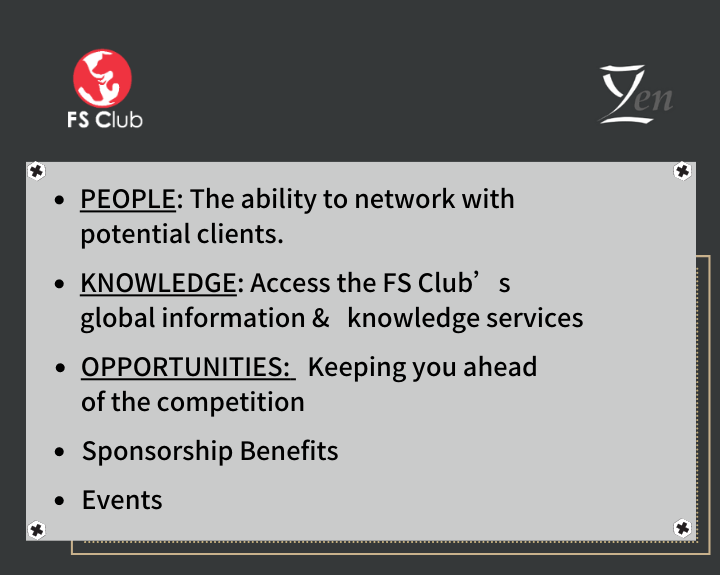












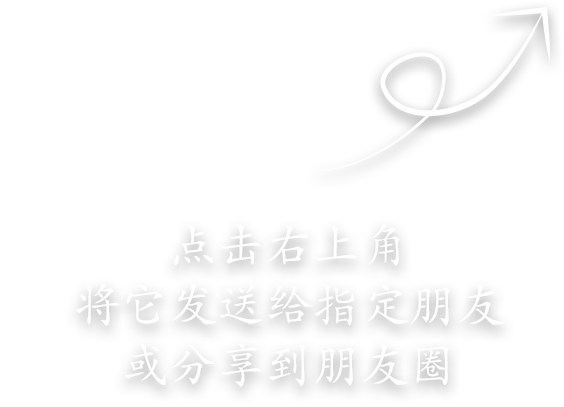
First, please LoginComment After ~